Cambridge creepy-crawlies
When I first posted pictures of Wendy Taylor's fabulous
Dung Beetles, I had two enthusiastic responses from my yoga class. So I was inspired to find more creepy-crawlies in Cambridge: insects, arthropods, all manner of scuttling, segmented and armoured invertebrates.
Enjoy them!
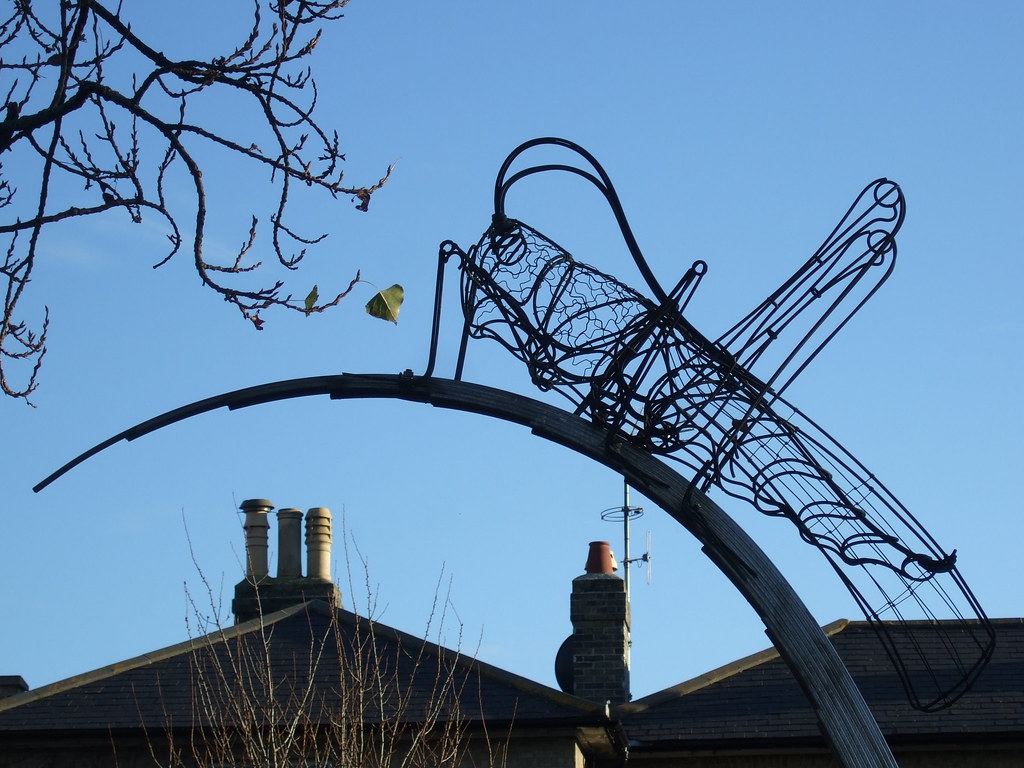 |
| Grasshopper, by Matthew Lane Sanderson (2006). Steel. The Greshams, Gonville Place (facing Parker's Piece). |
Glorious grasshopper.
Tiny but ancient locust.
Filigree spider.
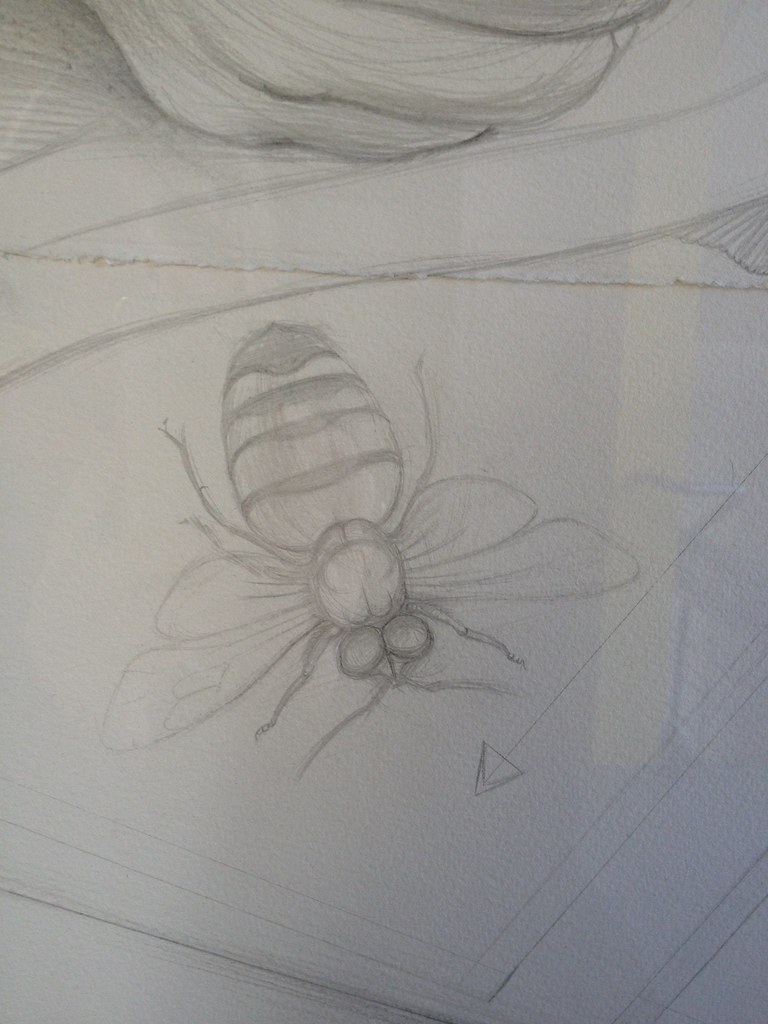 |
| Bee detail, from Mapping the Waters by Amanda Lebus (2003). Pencil on paper. New Hall Art Collection. |
I love bees and am so sad that they're so rarely seen now.
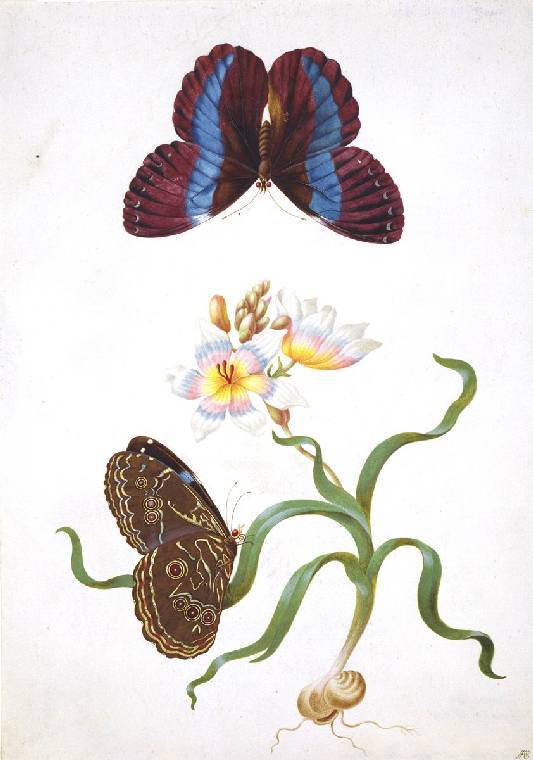 |
| Sisyrinchium with a Purple and Brown Butterfly by Maria Sibylla Merian (lived 1647-1717). Watercolour on vellum. © Fitzwilliam Museum. |
A butterfly in profile (looking quite jaunty in what looks like a dress at a wedding). And another purple one swooping down. Don't you love the Latin name of that plant?
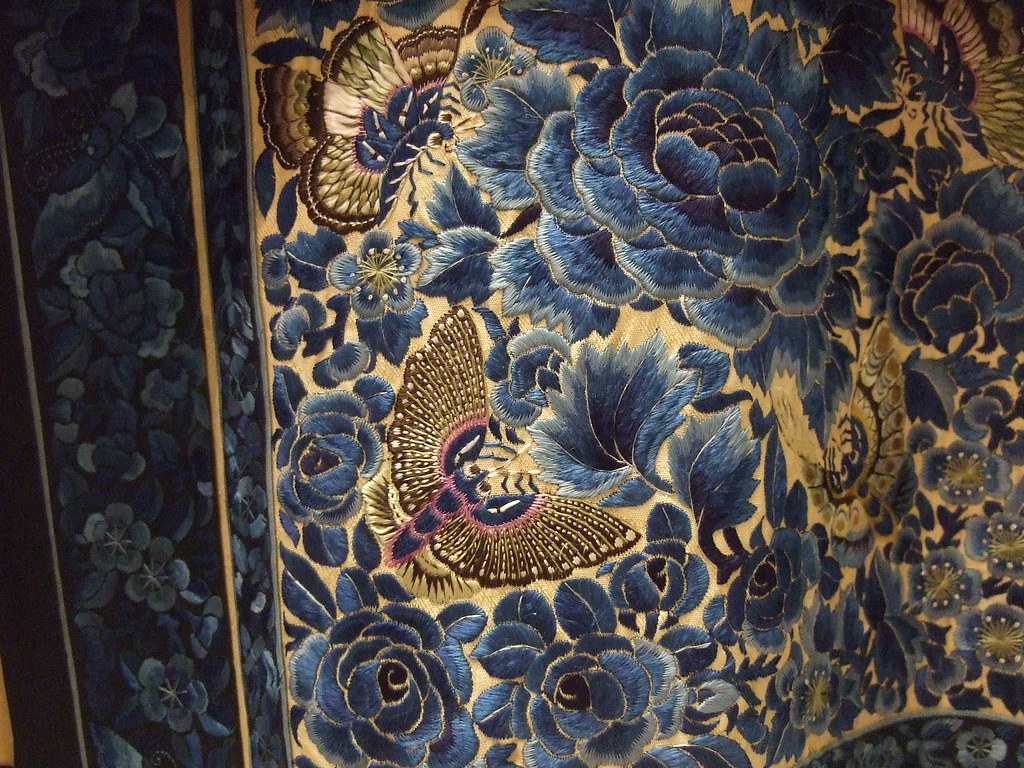 |
| Embroidered moth, detail from a North Chinese wedding dress (jacket, skirt and hairband). Museum of Archaeology and Anthropology. |
How gorgeous.
Sorry about the blurry image but I just couldn't resist to give you another peek at Audubon's magnificent illustrations.
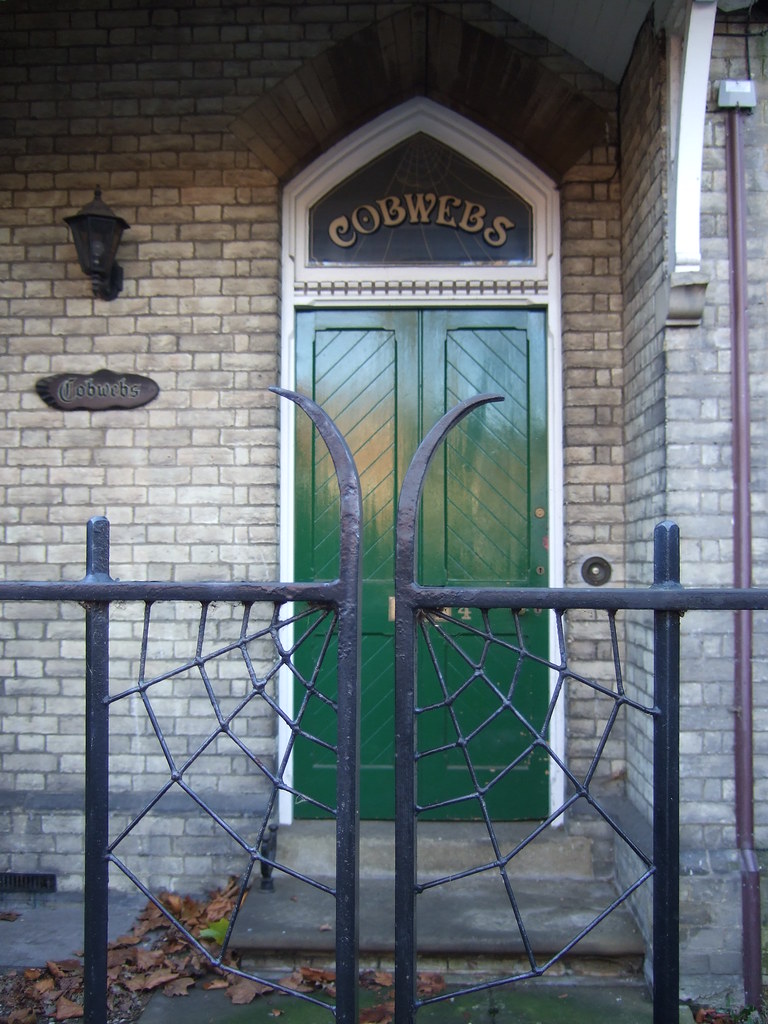 |
| The Cobwebs. House at 4 Gresham Road. |
Another home without its inhabitants. Where have all the arachnids gone? (This one comes to you courtesy of my son who remembers it from his days at kindie round the corner.)
 |
| Lobsters in a corridor of the Fenners Building, part of Hughes Hall. Seen from outside the carpark gates in Mortimer Rd. |
Who made these mysterious crustaceans? I know nothing about them but if you have any information, let me know!
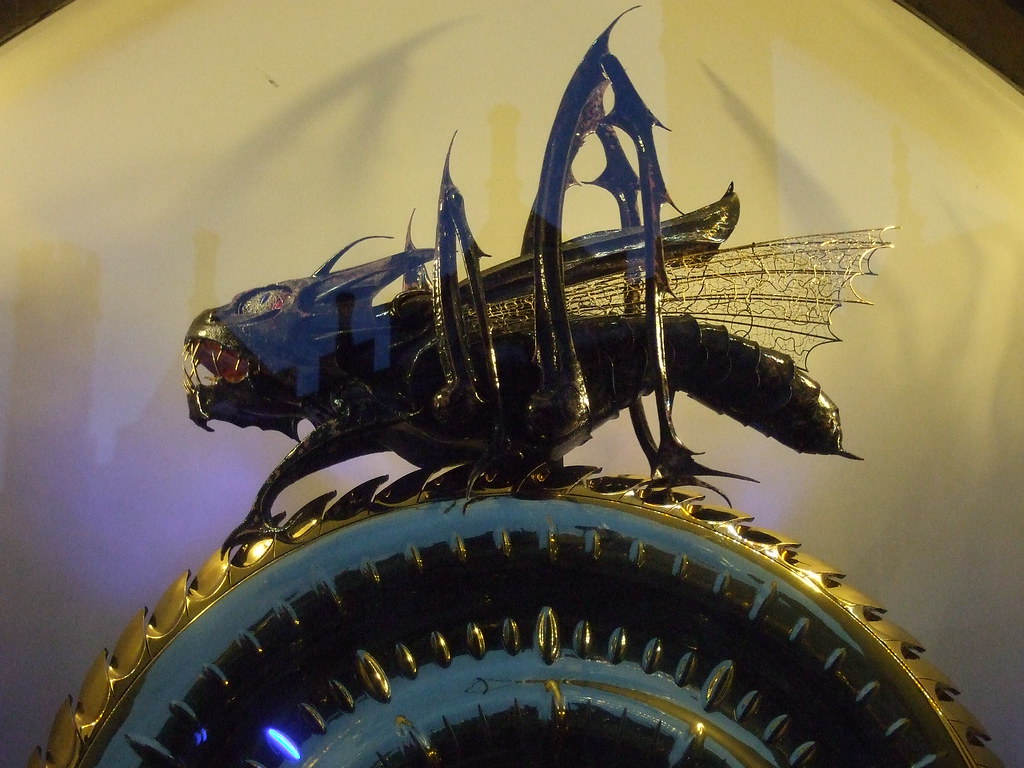 |
Grasshopper (or Chronophage) by Matthew Lane Sanderson, on top of the Corpus Clock (2008). Gold-plated stainless steel. Corpus Christi College, Corner Bene't St and King's Pde.
|
Of course, no Cambridge critter gallery is complete without the fanged chronophage, beloved of tourists and toddlers both.
This post is for Sally and Jane. ;-)
Permalink: http://artincambridge.blogspot.com/2013/04/cambridge-creepy-crawlies-three-dung.html
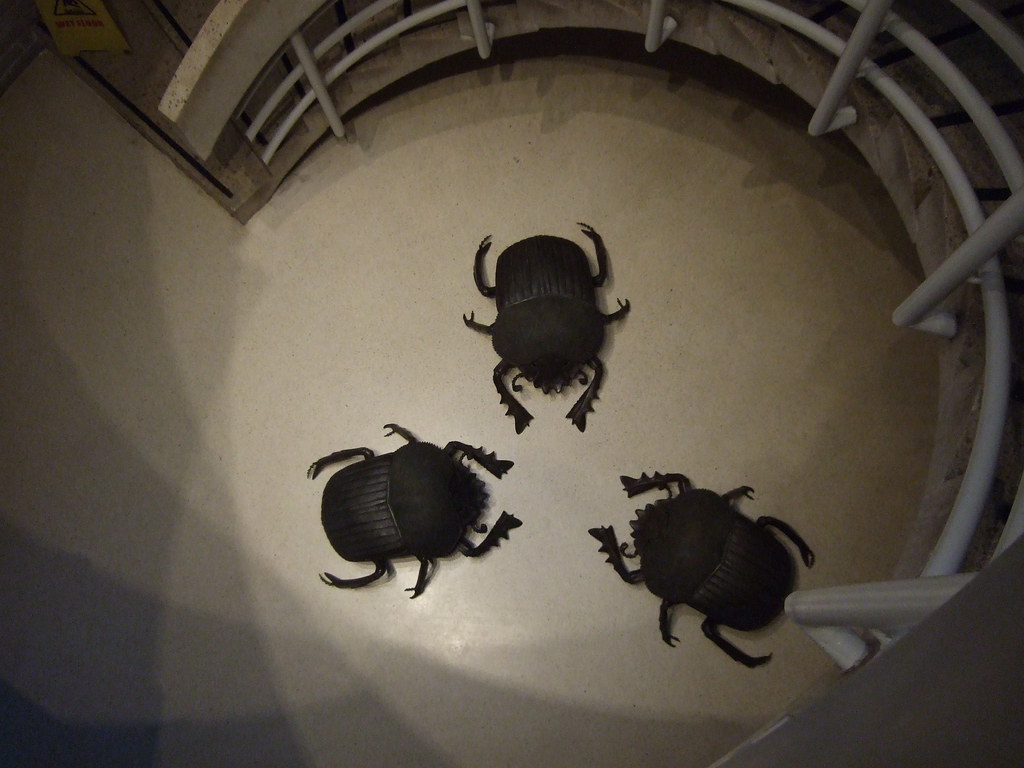

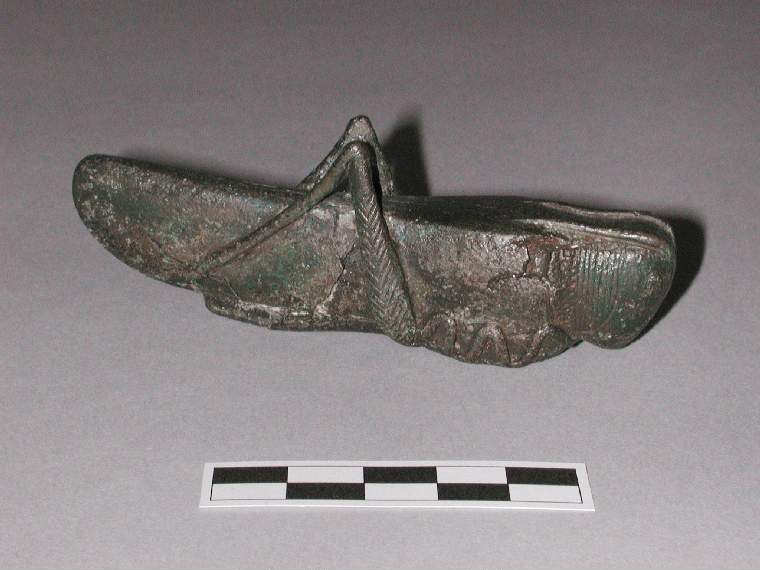
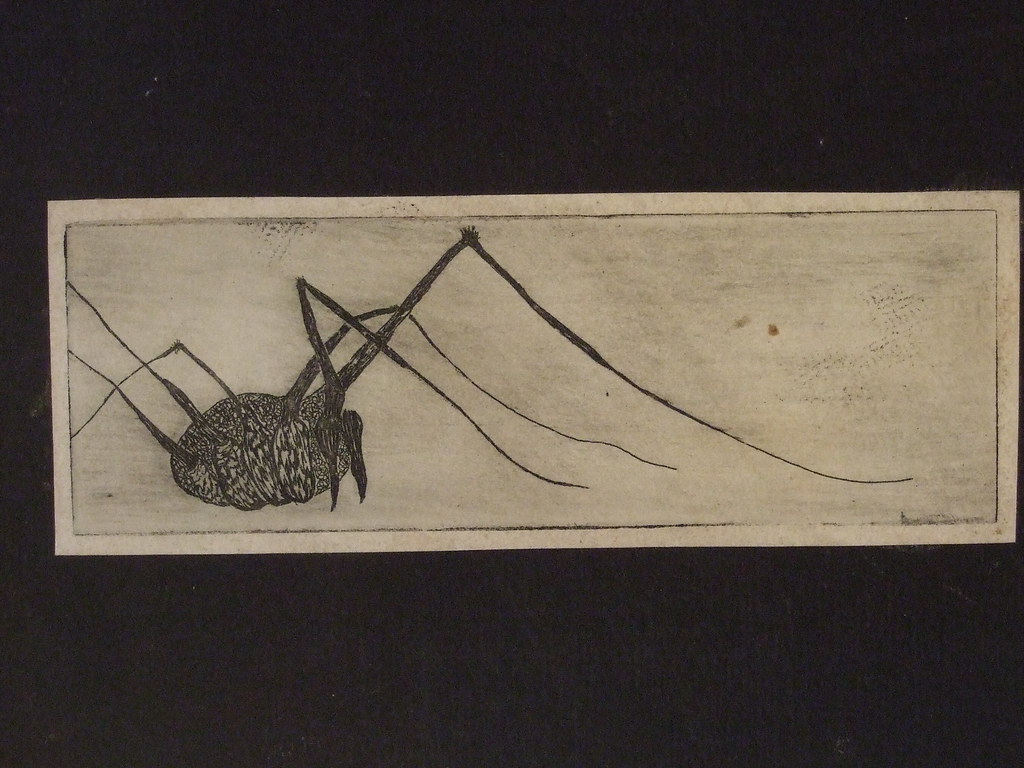



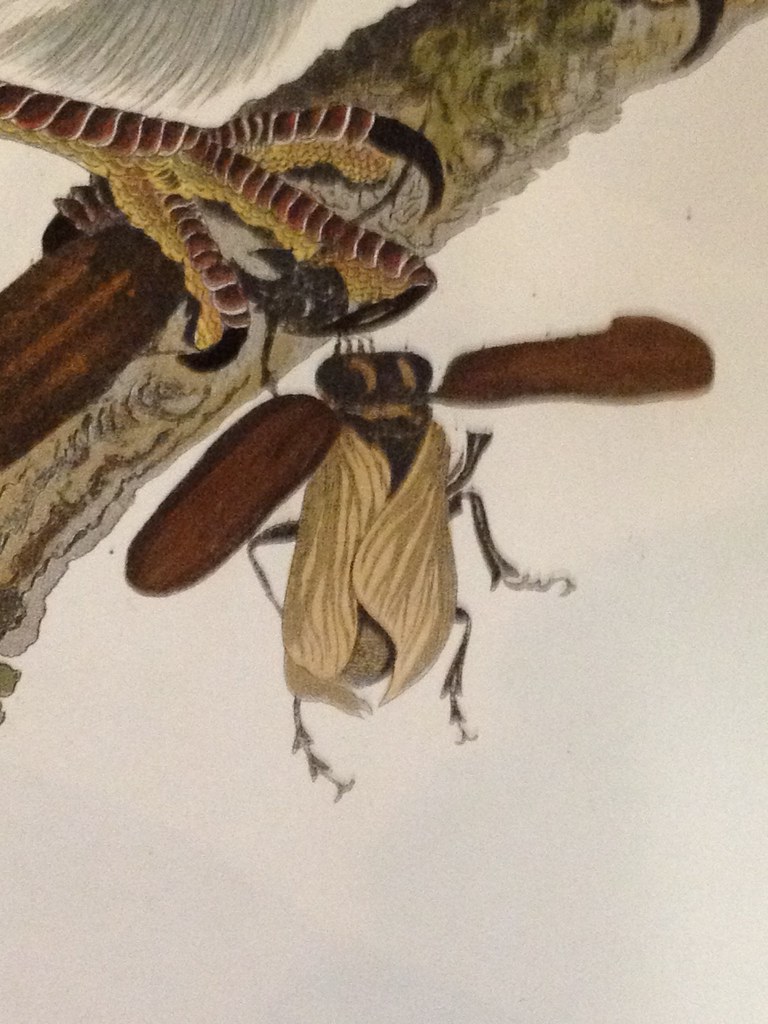





Great post, as one who loves to paint and etch insects, I enjoyed your observations in and around Cambridge.
ReplyDeleteThanks so much for your comment! I'm so happy that you liked this post; it was such fun to put together. I see insects (and other arthropods) everywhere I go now! The other day I photographed a big spider sculpture in Ipswich...
Delete